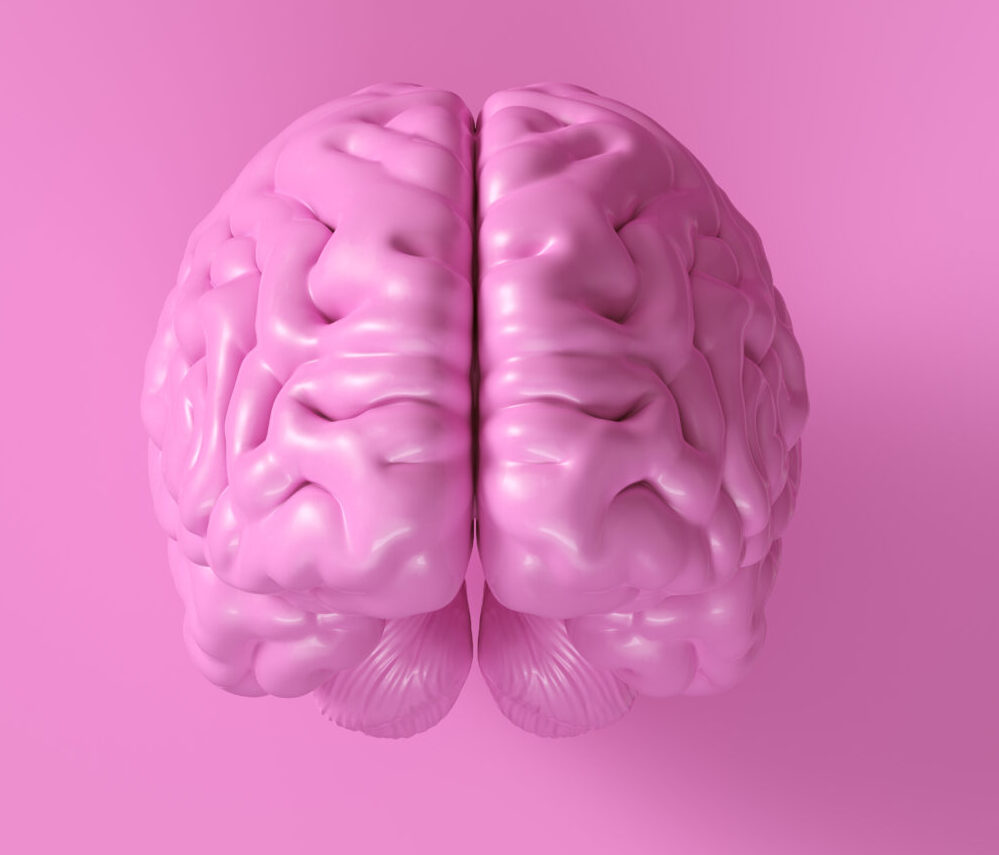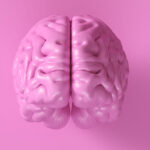**Neurovascular Dysfunction in Alzheimer’s: A Closer Look**
Alzheimer’s disease is a complex condition that affects the brain, causing memory loss, confusion, and cognitive decline. While the exact causes of Alzheimer’s are still not fully understood, research has shown that neurovascular dysfunction plays a significant role in its development and progression.
### What is Neurovascular Dysfunction?
The brain is a delicate organ that relies on a network of blood vessels to supply it with oxygen and nutrients. These blood vessels, along with the surrounding cells and tissues, form the neurovasculature. As we age, the neurovasculature undergoes changes that can impair its function. This is known as neurovascular aging.
### How Does Neurovascular Dysfunction Contribute to Alzheimer’s?
Neurovascular dysfunction can contribute to Alzheimer’s in several ways:
1. **Impaired Oxygen and Nutrient Delivery**: As the neurovasculature ages, it becomes less efficient at delivering oxygen and nutrients to the brain. This can lead to a buildup of toxic proteins and a decline in cognitive function.
2. **Disrupted Endothelial Transport**: The endothelium, a thin layer of cells lining the blood vessels, plays a crucial role in maintaining the blood-brain barrier. With age, this barrier can become compromised, allowing harmful substances to enter the brain and exacerbating neurodegeneration.
3. **Reduced Clearance of Toxic Proteins**: The neurovasculature is responsible for clearing potentially toxic proteins from the brain. As it ages, this clearance mechanism weakens, leading to an accumulation of amyloid beta and tau proteins, which are hallmarks of Alzheimer’s disease.
4. **Weakened Immune Surveillance**: The neurovasculature also plays a role in immune surveillance, protecting the brain from infections and inflammation. As it ages, this protection weakens, making the brain more susceptible to damage.
5. **Deprivation of Growth Factors**: The neurovasculature is essential for delivering growth factors that help repair and renew brain tissue. With age, the delivery of these factors is impaired, contributing to the degeneration of brain cells.
### Evidence from Research
Studies have shown that individuals with Alzheimer’s disease exhibit significant changes in their brain’s neural circuits and network dynamics. For example, research using advanced techniques like the Discrete Padé Transform (DPT) has revealed alterations in local field potentials (LFPs) and electroencephalograms (EEGs) in individuals with Alzheimer’s. These changes indicate disruptions in the normal oscillatory patterns of brain activity, which are crucial for cognitive function.
Additionally, genomic association analyses have identified genetic variants associated with vascular disorders that also increase the risk of Alzheimer’s disease. For instance, variants in the ACE2 gene, which plays a role in the renin-angiotensin-aldosterone system, have been linked to an increased risk of Alzheimer’s when combined with the APOE ε4 allele.
### Conclusion
Neurovascular dysfunction is a critical factor in the development and progression of Alzheimer’s disease. Understanding these changes can help us develop new strategies to prevent or slow down the disease. By focusing on maintaining healthy neurovasculature through lifestyle changes, such as regular exercise and a balanced diet, we may be able to reduce the risk of neurodegenerative diseases like Alzheimer’s. Further research into the interplay between neurovascular aging and Alzheimer’s will continue to shed light on the complex mechanisms underlying this condition, ultimately leading to more effective treatments and better outcomes for those affected by it.


